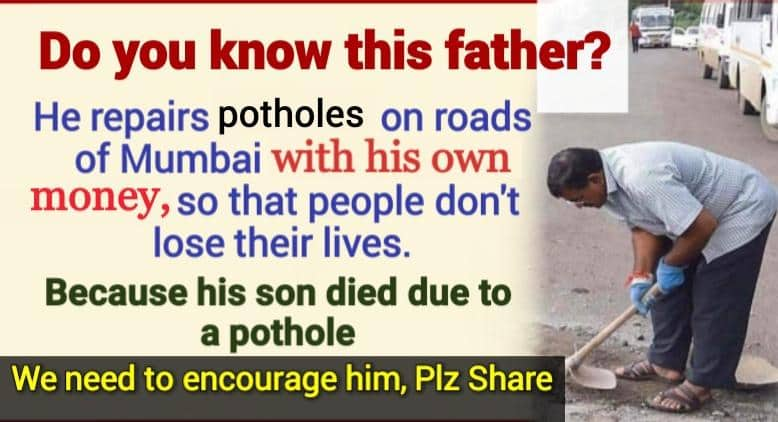No products in the cart.
Palestinian Girl dies lonely waiting for her mom and dad as Israel denies them escort pass
Heart-wrenching story: When Palestinian preschooler by the name of Aisha a-Lulu had just come out of brain surgery in a Jerusalem hospital room, the first thing that she did was to call her mother and father. She called her parents time and again but she was disappointed and she cried but her mom and dad never came.
Instead of a family member, Israeli authorities sent a stranger to escort Aisha from the blockaded Gaza Strip straight to the east Jerusalem hospital. As her condition turned bad to worse, the child was returned to Gaza ‘unconscious’ condition and one week later, she was declared dead by the doctors.
A picture of Aisha smiling in her hospital bed, brown curls swaddled in bandages, drew countless emotions on social media. The sad details of her last days threw a light on Israel’s massive complex and stringent system for providin Gaza exit permits.
It is kind of bureaucracy that has Israeli and Palestinian authorities criticising each other for its deficits, while inflicting a bad effects on Gaza’s sick children and their parents.
“The most difficult thing is to leave your child in the unknown,” said Waseem a-Lulu, Aisha’s father. “Jerusalem is just an hour away, but it feels as though it is another planet.”
Shockingly, this year alone, roughly half of applications for patient companion permits were turned down or left unanswered by Israel, as per the World Health Organization, which has forced over 600 patients, including some dozen children under the age of 18, to make the journey out of the territory alone or without close family by their side.
In a bid to get a permit, patients must first submit a diagnosis to the West Bank-based Palestinian Health Ministry, showing that their treatment isn’t available in Gaza. Then a Palestinian association requests exit permits from COGAT, which inspects the applications and then passes them to Israel’s Shin Bet security agency for background checks.
As per WHO, the approval rate has decreased rapidly in recent years.
In 2012, Israel allowed in 93% of patients and 83% of their companions for treatment. For April 2019, the figure now stands at just 65% of patients and 52% of their companions.
More to follow..












